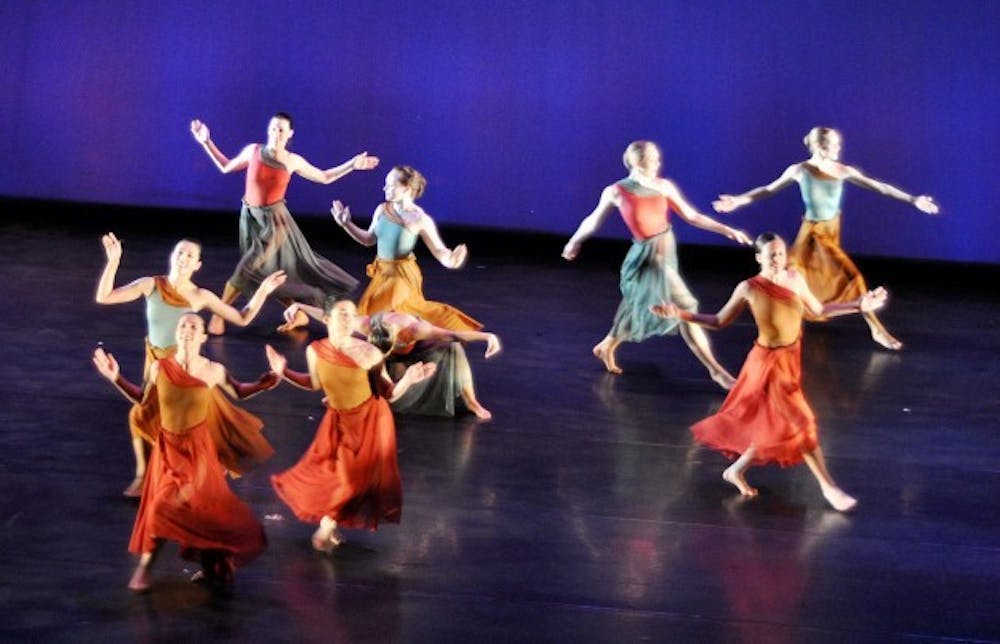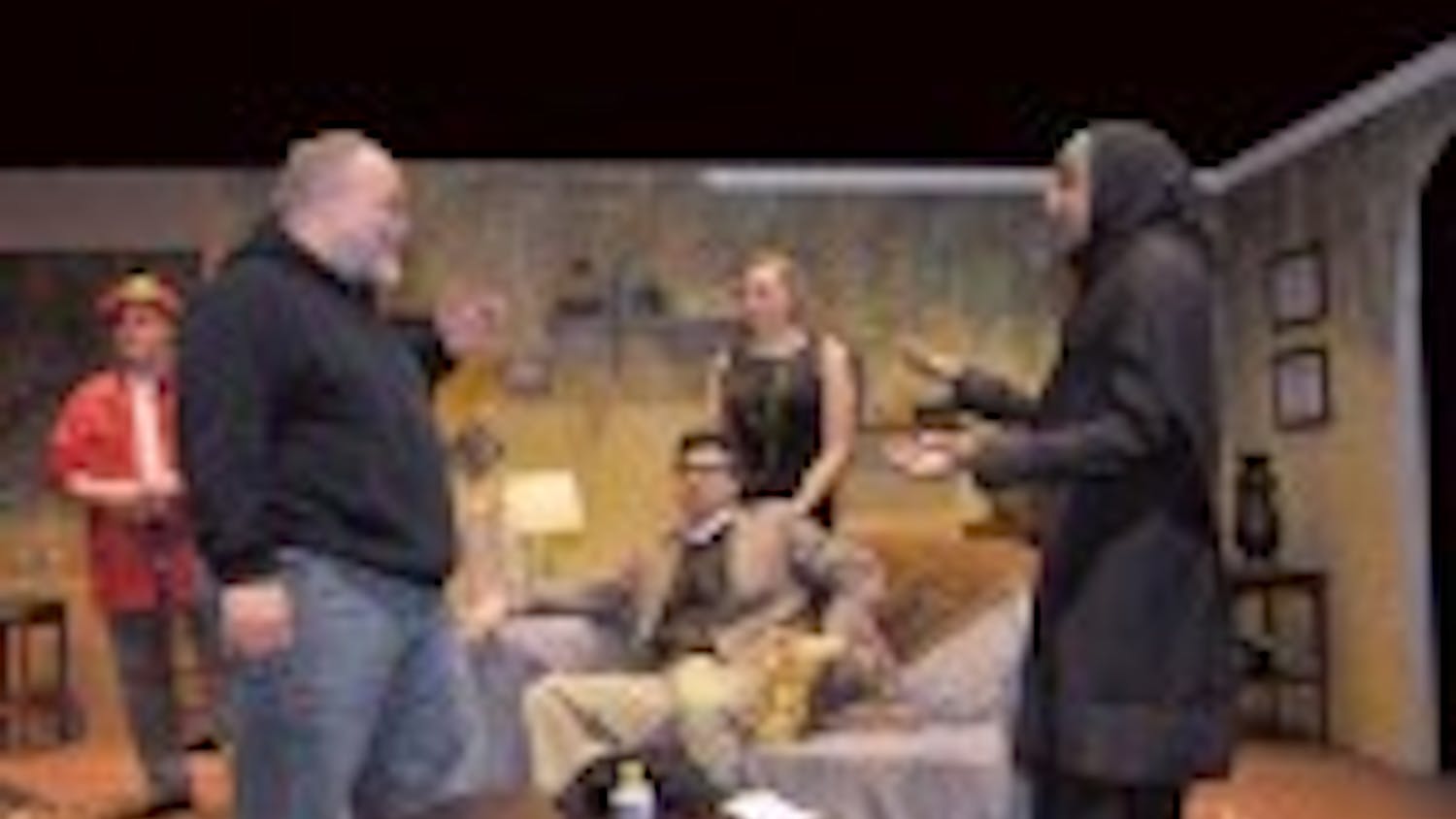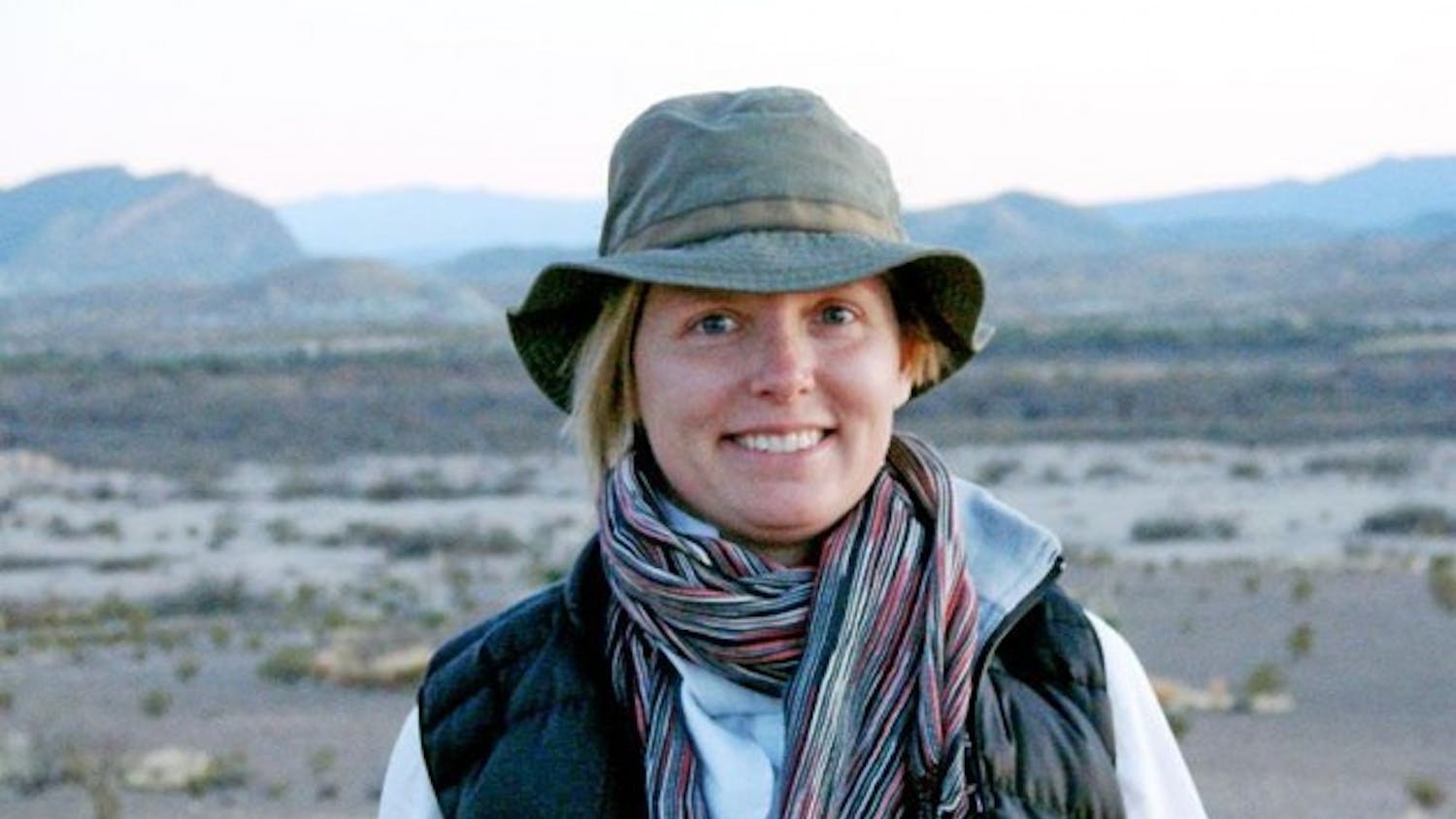While most of UB was cheering on Bulls basketball, 25 dancers took to the CFA stage to showcase their own talents.
As the Zodiaque Dance Company performs for its 38th season, it is graced with a cast that is exceptionally technically strong. Yet this is a fact that gets lost in the group's muddled choreography.
"Bailanda al Ritmo," a jazz-Latin fusion employing modern dance-style suspension, chest pops, Afro-Cuban torso thrusts, and segmented body isolation, opened the show but set an unpromising tone for the rest of the performance. Despite its diverse range of styles, none of these methods meshed harmoniously, causing the number to seem to lack a sense of itself.
The styles were not the only things that didn't jive in this piece. The energy was unbalanced overall – some dancers made the tone of the piece overly strong, while others interpreted the tone to be soft – a major contributing factor to the seeming disconnect between the choreographer and the performers. This difference in interpretation was evident in the movements of the dancers, which, in moments that required extreme precision, were not together.
Lexa Hunt, a freshman English major who saw the Zodiaque Dance Company perform two seasons ago, noticed this lack of togetherness, but didn't find it distracting.
"As a dancer, it's always difficult for everybody to be exactly together the entire time," Hunt said. "But for a student production, I thought it was good."
Later, "My Secret" brought an entirely different atmosphere to the theatre. With black shawls covering the dancers' faces and ballet-inspired shapes, including arabesques, attitudes, and penchées, this high stamina piece had a chance to push the boundaries of the performers' ability but fell short of expectations.
This wasted potential was clear when one performer stood in the middle of the dancers in a circle, swaying back and forth while putting her body weight on the others. Instead of making it seem like a real unbalanced movement, it looked as though she was holding back. Aside from a few lively pas de chats, double-attitude saut de chats (leaps), and barrel roles, "My Secret" was a bit underwhelming.
It was not until the third performance – probably the high note of the entire show – that the true potential of the Zodiaque dancers was revealed. "Kaleidoscope" showed the dancers' strength and technical abilities while still making a brilliant use of shape and level. In nude-colored body-hugging outfit, the dancers showed off their musculature and the choreography perfectly.
With an almost primordial tone, the earthy floor work of "Kaleidoscope" showed body-consciousness and a relationship to the ground that was not seen in the previous pieces. The partner work was especially notable, showcasing risky jumps and falls into groups of seemingly unready dancers.
Aside from this organic relationship the dancers had with the floor and one another, the lighting was also a well-done element. Somehow, a view of the dancers from directly above them was superimposed on the backdrop, enabling the audience to see the movement from an entirely different perspective. With this element, the audience truly felt like it was looking in a kaleidoscope.
"Silent Echo" also showcased intriguing lighting work. When the piece opened, the only lighting used was the stage right shin lights coming out of the wings. With all the dancers on stage left in diagonal lines, the effect was almost futuristic.
Yet the choreography still fell short of its potential. The attempt to use stage space and make use of groups seemed awkward at best and forced at its worst. The way the dancers walked and paused behind a translucent scrim gave the piece a sort of voyeuristic element that didn't fit with the rest.
Attempting to push the boundaries, "Cloud," too, didn't measure up. Employing the help of flowing plastic, the dancers maneuvered under and around a billowing landscape. While it was interesting and artistic at first, it became kitschy and too playful once each dancer got a piece of plastic as a prop. Less about the movement of dancers and more about the handling of the plastic, the piece fell out of style with the rest of the show.
The final piece, "PUSH," gave the audience a chance to realize they had not wasted their Saturday night. The music, composed by J.S. Bach, gave variety for the dancers to work with and really allowed the movement to come to life. Choreography was dynamic but connected, and the partner work showed a large range of techniques. Despite using pikes and sissonnes to achieve lightness, the choreography also managed to showcase angularity through an assortment of right angles in the legs.
Discordance between dancers' interpretations, combined with a seeming unwillingness to fully push conventional boundaries, left Zodiaque in a creative rut as it failed to showcase the true talents of its dancers.
Email: arts@ubspectrum.com





